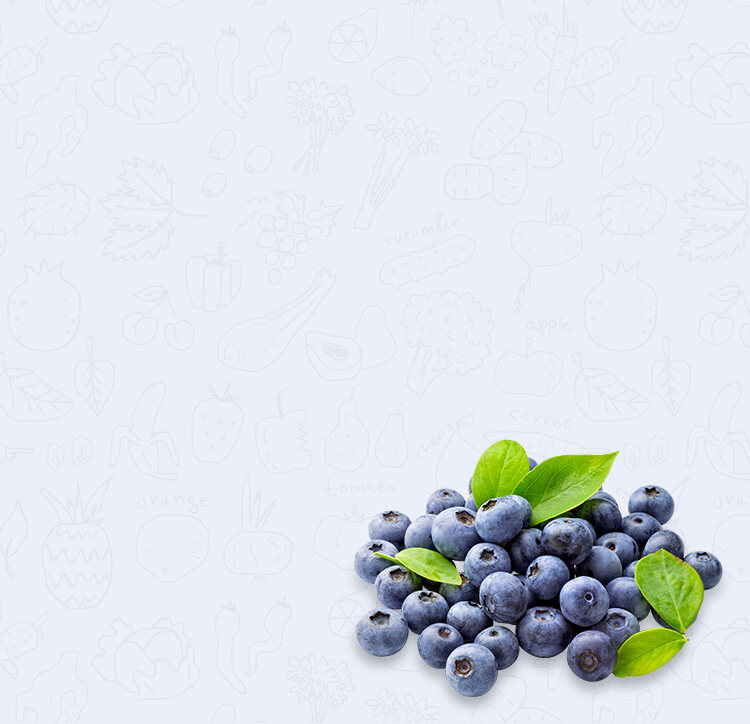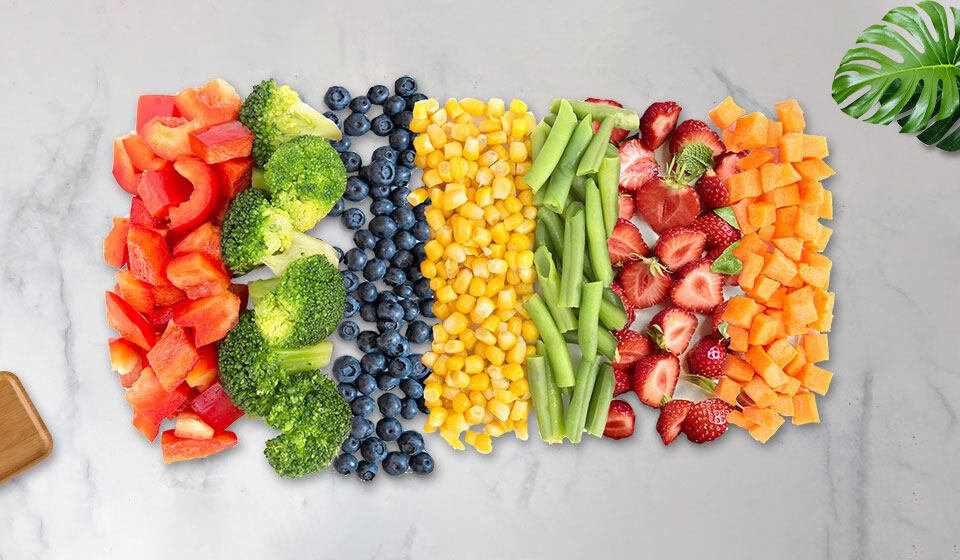Global Frozen Fruits Market Analysis Report 2024-2036
Overview
According to the latest market analysis report, the global frozen fruits market was valued at over USD 30.6 billion in 2023 and is anticipated to reach USD 97.24 billion by the end of 2036, growing at a CAGR of approximately 9.3% during the forecast period from 2024 to 2036. In 2024, the market size of the frozen fruits industry is projected to be USD 33.16 billion. The growth of the market is primarily attributed to the increasing demand for non-regional fruits and the presence of abundant vital antioxidants and vitamins in these frozen fruits. For instance, one cup of frozen berries contains 60 calories, 1g of protein, 14.3g of carbohydrates, 3g of fiber, 66mg of vitamin C, and 0.5g of fat.
Market Overview
Frozen fruits are convenient and nutritious food items that are subjected to freezing and kept in a frozen state until used by consumers. They are highly popular among customers and widely available in the market at affordable prices. Fruits are harvested at their peak ripeness, then washed, blanched, cut, frozen, and stored within a few hours to preserve their quality and nutritional value. To prevent contamination, frozen fruits are treated with sugar or ascorbic acid, and their nutrient levels remain stable even after freezing. As a result, the demand for frozen fruits is soaring, as health-conscious individuals prefer to include these fruits in their diet for maximum health benefits. For instance, the average volume consumption per person of processed and frozen fruits is anticipated to reach 1.9 kg in 2022.
Growth Drivers and Challenges
Growth Drivers
- Increasing Internet and Media Access: With the widespread use of the internet and media, people are now more familiar with the lifestyles and cuisines of various countries. This has led to the global popularity of region-specific cuisine items. According to the World Bank, by 2020, around 60% of the global population was using the internet.
- Emerging Food Processing Technologies: Various technologies, from simple to advanced, are available for creating cold conditions for food handling, processing, and storage. Isochoric freezing (ICF) is an innovative and energy-saving technique that preserves biological matter at subfreezing temperatures without forming ice in the fruits and vegetables. Thermodynamic studies show that isochoric freezing consumes approximately 73% less energy than conventional freezing techniques.
- Rising Working Population: The rapidly expanding working population has increased the demand for ready-to-eat food products, including frozen fruits. For example, the employment-to-population ratio increased to approximately 56% worldwide.
- Increasing Disposable Income: Higher disposable income leads to increased spending, which boosts the consumption of frozen fruits. According to the Bureau of Economic Analysis, in the USA, personal income and disposable personal income increased by USD 133.5 billion (0.6%) and USD 120.4 billion (0.7%), respectively, by June 2022.
- Global Increase in Fruit Consumption: Fruits are an essential part of the diet due to their nutrient content. Low fruit and vegetable consumption can lead to severe health issues. The World Health Organization (WHO) reports that low fruit and vegetable intake is responsible for 16 million DALYs and 1.7 million deaths globally. As people become more health-conscious, the global consumption of fruits and nuts has increased, reaching approximately 261 million metric tons in 2021.
Challenges
- Easy Accessibility of Substitutes: The availability of alternatives to frozen fruits poses a challenge to the market.
- High Moisture Content in Some Fruits: Certain fruits with high moisture content can be challenging to freeze properly.
- Risk of Contamination: Maintaining hygiene and preventing contamination during the freezing process is crucial.
Regional Analysis
Regionally, the global frozen fruits market is analyzed across five major regions: North America, Europe, Asia Pacific, Latin America, and the Middle East & Africa. North America is projected to hold the largest market share by the end of 2036, driven by the rising trend of veganism, the availability of a wide range of frozen fruit products, and the increasing use of frozen fruits in various food industries, such as confectionery and bakery. For example, over 10 million Americans are currently vegan.



